
 By Eliza Popova
By Eliza Popova
At the start of the full-scale invasion, Russia faced Ukraine's air defense system, which included about 250 S-300 launchers, 72 Buk-M1 launchers, as well as about 100 Osa-AKM and Strela-10 short-range systems. This is stated in the analytical material of the CSIS center. Among these systems, experts singled out the "Buk-M1" complexes, and although this may seem unobvious, it is precisely its design feature that played an important role.
The fact is that the 9A310M1 combat vehicle is simultaneously equipped with launchers and a radar station, which makes it possible to use the complex on a network-centric basis and dramatically increases its survivability. Ukrainian calculations used the tactic of "short activation" — the radar was activated only for the time of capture and destruction of the target, after which it was immediately turned off. This prevented Russian forces from fixing air defense positions and retaliating.
Despite the numerical and technical superiority of the Russian Air Force, the Russian side failed to implement it. Ukrainian pilots demonstrated high determination and the ability to conduct air combat, which, combined with the ingenuity of Ukrainian anti-aircraft fighters, created conditions under which Russian aviation stopped going beyond the front line already in April 2022.
This was a sharp contrast against the background of the first days of the war, when Russian aircraft flew to a depth of up to 300 km deep into the territory of Ukraine. CSIS experts explain the ineffectiveness of the Russian aviation by the inflexibility of the military command of the Russian Armed Forces. The concept of "taking Kyiv in three days" assumed that the main part of the combat work would be performed by the artillery, and the aviation would only cover the offensive columns.
Even after the failure of this scenario, the Russian Federation continued to use aviation according to the original templates, without adapting to the situation. As emphasized in Defense Express, the CSIS analysis shows that the air war is determined not only by the ratio of weapons, but also by the quality of tactical decisions.
The success of the air defense of Ukraine in the first weeks of the war was the result of a combination of many factors, and it is literally impossible to repeat this experience in other conditions. It will be recalled that on the anniversary of its formation, the Ukrainian 19th missile brigade "Saint Varvara" published a report in which it disclosed the details of its actions in the first weeks of the full-scale invasion of Russia.


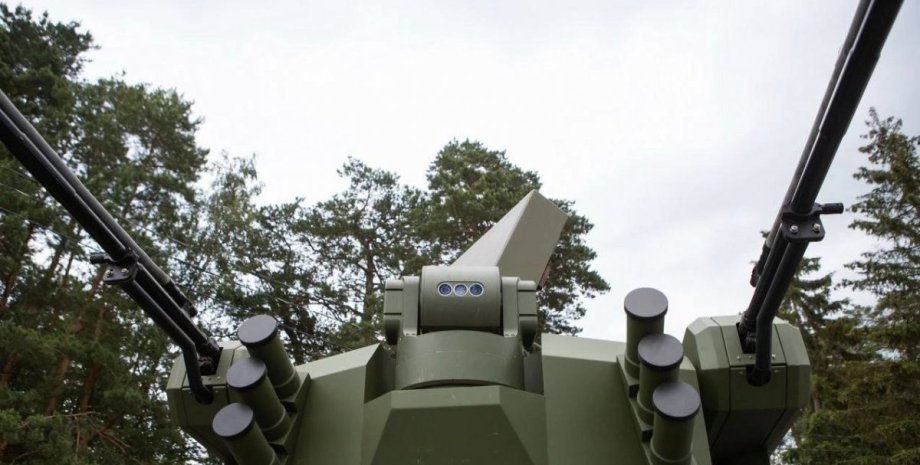
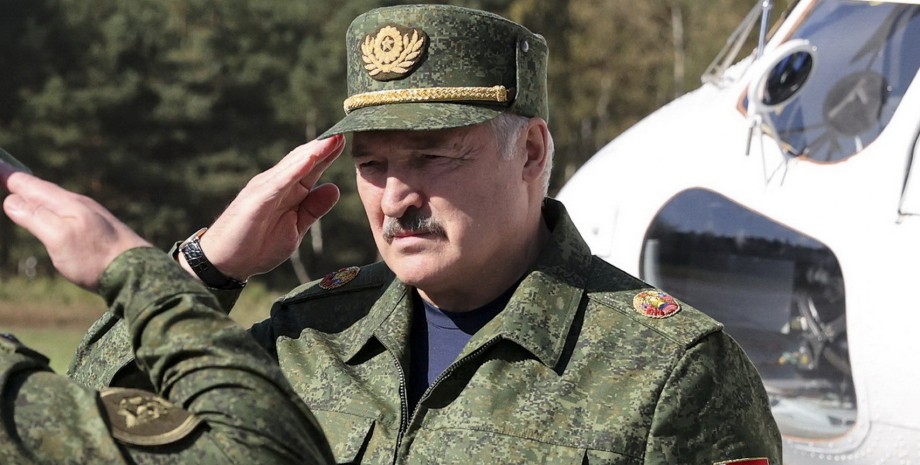


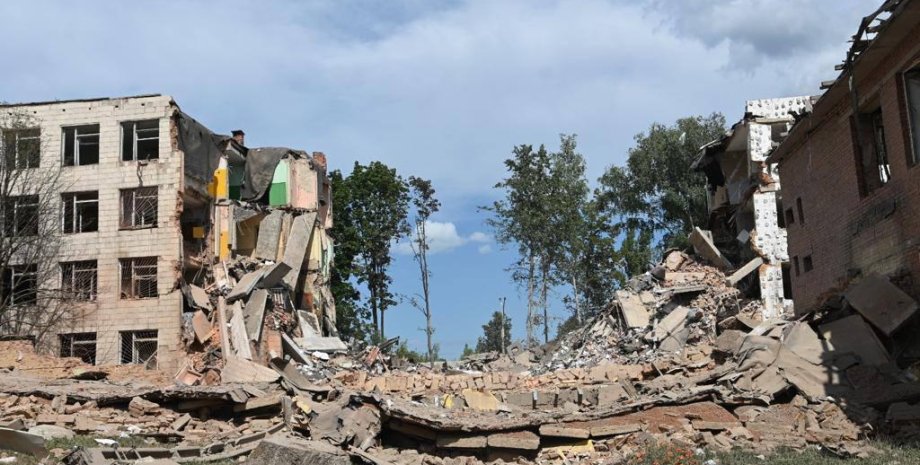
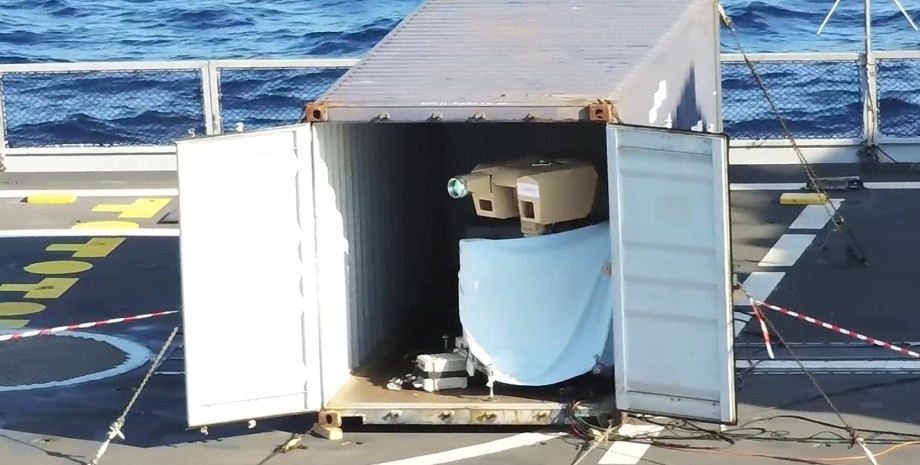

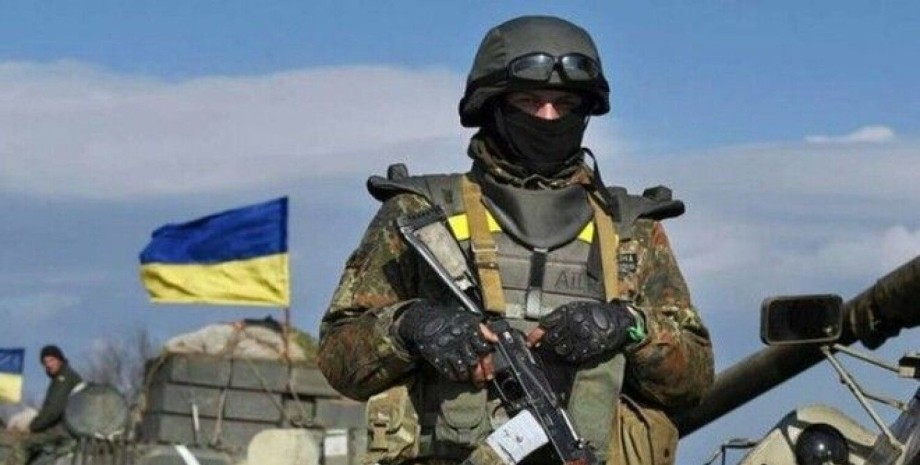
All rights reserved IN-Ukraine.info - 2022